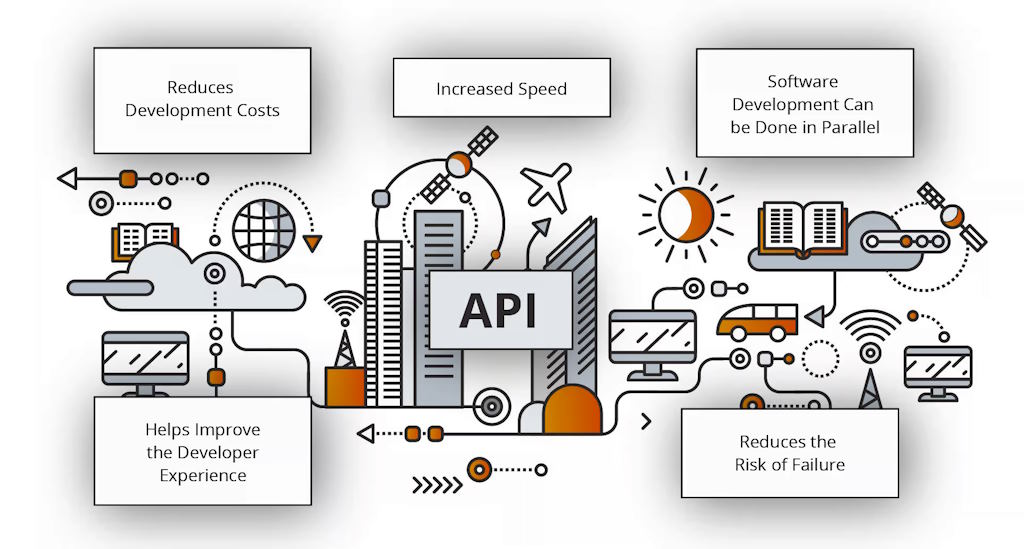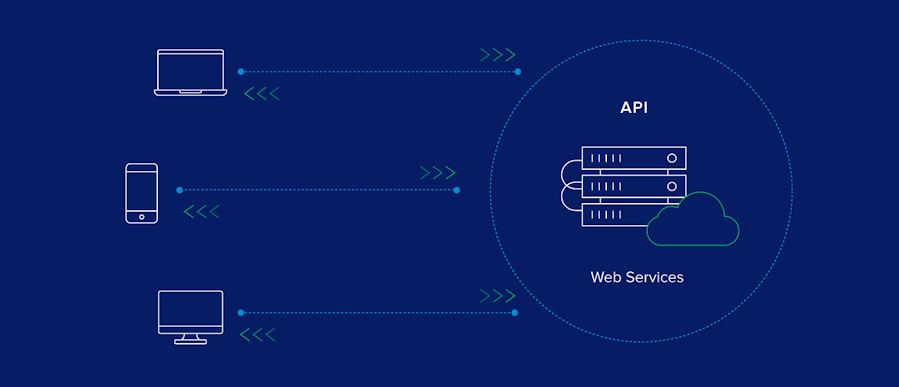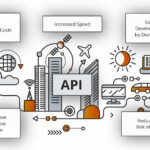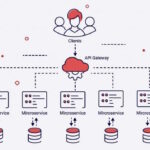The Importance of API Design in Software Architecture
In software architecture, the design of Application Programming Interfaces (APIs) plays a pivotal role in defining the success and usability of applications. APIs act as the gateway for different software programs to communicate with each other, enabling the integration of diverse systems and services. This article delves into the importance of API design in software architecture and outlines key considerations that should guide the API development process and the role of API design in software architecture.
The Central Role of APIs in Software Architecture
APIs are the building blocks of modern software architecture. They facilitate interactions between different software components, services, and systems, whether internal or external. This serves as a robust interface that provides other systems with seamless access to the functionalities of your application without exposing the underlying implementation details.
Key Benefits of Good API Design
1. Simplified Integration:
Well-designed APIs simplify the integration of various software components. They facilitate the connection and utilization of technologies and platforms by offering an unambiguous contract that developers may use to communicate with the service.
2. Encapsulation and Security:
A well-crafted APIs in modern software development aids in encapsulating an application’s internal operations and only exposing what is required. This method does more than make using the API easier. However, it improves security by decreasing the attack surface.

Best Practices in API Design
1. Prioritise Simplicity and Consistency:
Design APIs to be simple, predictable, and consistent. Consistency in naming conventions, request and response structures, and error handling makes an API more intuitive and easier to use.
2. Embrace RESTful Principles:
REST (Representational State Transfer) is a popular architectural style for designing networked applications. RESTful APIs, which use HTTP requests to access and manipulate data, are known for their scalability and performance.

3. Ensure Robust Documentation:
Comprehensive and up-to-date documentation is crucial for any API. It should accurately describe the API’s functionalities, provide examples of requests and responses, and offer guidance on handling errors.
4. Consider Versioning:
As your API evolves, versioning becomes essential to avoid breaking changes for existing users. Implement a versioning strategy that allows for smooth transitions and backward compatibility.
APIs are the linchpins of modern software development, enabling disparate systems to interact seamlessly. An API that has been carefully thought out guarantees the scalability, security, and maintainability of software applications while also facilitating integration and an improved developer experience. By adhering to best practices in thoughtful API design drives software architecture success, organizations can build robust, efficient, and future-proof software architectures that stand the test of time.






























